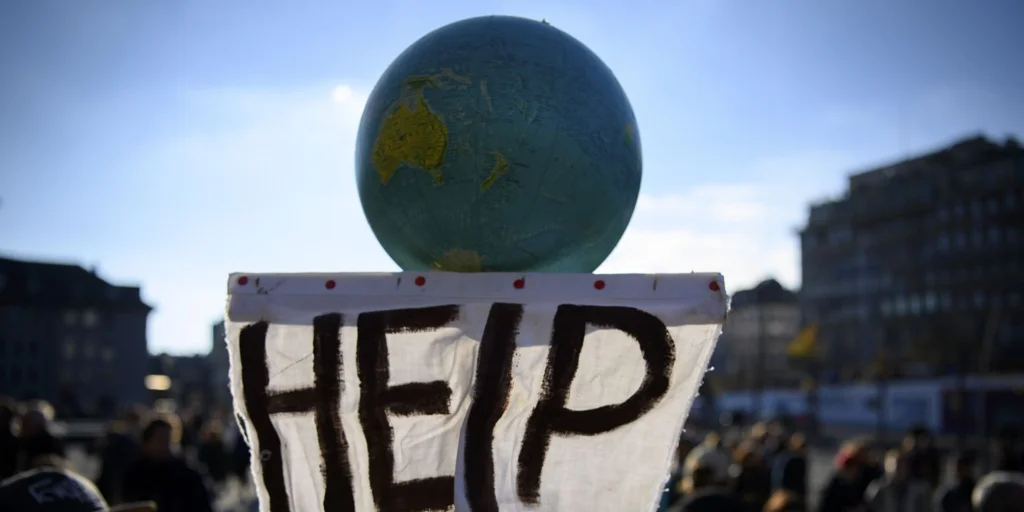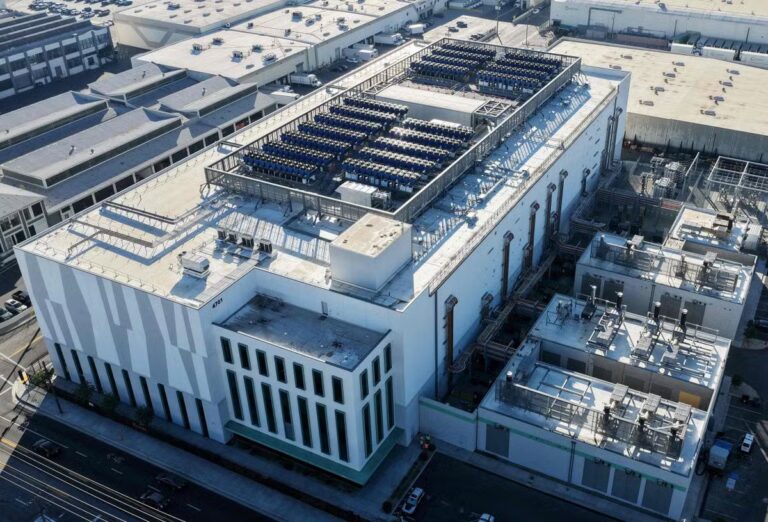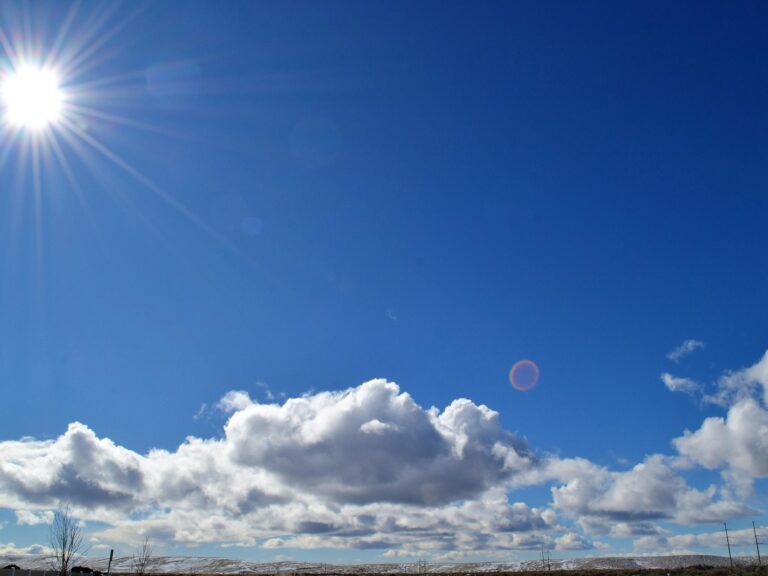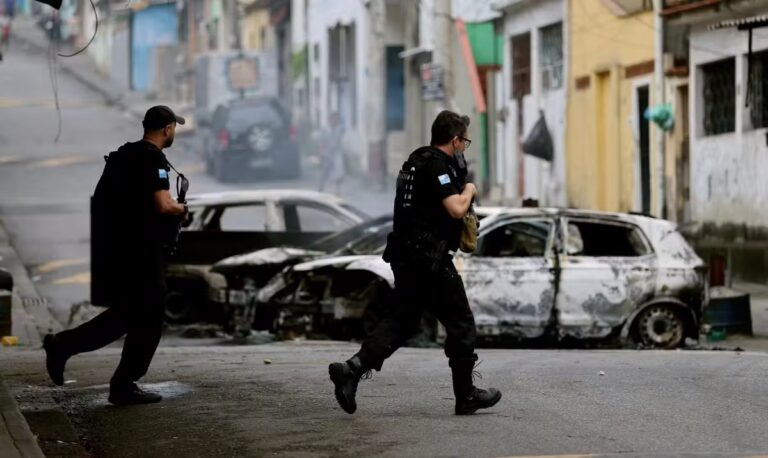
The 30th Climate Summit (COP30) begins this Monday in the Amazonian city of Belem in Brazil’s Pará state with a promise of protests and demonstrations. Brazil summit will be held for the first time in five years … The event marks a return to street protests after demonstrations have been restricted in countries with authoritarian regimes for the past three years due to the coronavirus pandemic. More than 50,000 people from around 200 countries are expected to gather for two weeks of negotiations, exhibitions and debates on the future of the planet.
The novelty of this climate summit lies not only in its official agenda, but also in the social excitement surrounding the summit over the past five years. The city of Belem, which has run out of hotels and accommodation networks, has already been hosting representatives of social movements and indigenous groups from the Americas since last week. Many of these organizations need to meet at a people’s summit. The People’s Summit is a parallel event that has once again secured a slot after being banned from the previous three COPs in Egypt, the United Arab Emirates and Azerbaijan.
Guidelines for these street-occupying organizations include visibility of those most affected by the climate crisis, including people in jungles, surrounding communities, and popular movements in developing countries.
At least nine marches have been confirmed in the city, including the World March, Indigenous Peoples March, Climate March, and People’s Barqueata. In addition, the Engajamundo collective is planning 10 high-impact direct actions during the event.
Daniel Valdovinos, 26, a member of the Mesoamerican Caravan for Climate and Life, emphasizes the role of indigenous peoples. “For us, it is very important to put the people and communities who are resisting at the center of the climate change conversation, because they are the solutions to the climate crisis.” Through their lives and organizations, we can learn how to transform the current model.
3,000km journey
One of the most symbolic mobilizations was a caravan of 300 people who set out from the state of Mato Grosso, which borders Pará, and headed for Belém, on a 3,000-kilometre journey along the so-called “soy route.” Along this path, you can see the socio-environmental impact of the Ferrogran project, a railway aimed at transporting grain along the Tapajos River, one of the most important rivers in Brazil’s Amazon basin. According to a study by the Pontifical Catholic University of Rio de Janeiro (PUC-Rio) and the Climate Policy Initiative think tank, the work could deforest up to 49,000 square kilometers of the Amazon rainforest.
Another topic under discussion called into question by the movement will be fairness in the distribution of climate finance. “Our global movement opposes the subjugation and plunder of public debt that has conquered the Global South since its colonization and that currently exploits countries economically. That is why we are here in Belem. It is one of the demands we will primarily raise at the People’s Summit,” says Anderson Betancourt, head of Colombian Action for Environmental Sovereignty and Climate Debt.
COP30 will be held in three zones. The Blue Zone is a zone where diplomatic negotiations between Paris Agreement member countries are concentrated. Green, open to universities, businesses and local governments. And the new Yellow Zone will be organized by the “COP das Baixadas” coalition (like the COP of the periphery), formed by 10 Belem institutions to highlight the problems of the Amazon frontier and denounce environmental racism.
bring the discussion closer to the people
With just four observer representatives in the Blue Zones, the Yellow Zones Coalition aims to bring the climate change debate closer to local populations. Groups and collectives representing causes and non-governmental organizations have set up homes and discussion centers throughout the city and the center of Belém, with an intense agenda of debates and exhibitions that will be difficult to follow in the two weeks the event lasts.
At the official level, Brazil will seek to lead the energy transition with a “roadmap” that includes clear standards and fiscal signals. On adaptation, the Global Goals on Adaptation (GGA) indicators and finance topics will be discussed, and an attempt will be made to translate the Baku-to-Belem commitments into verifiable commitments.
COP30 begins with the adoption of an agenda and the division of issues among working groups. But the real pulse of this summit will be felt in the streets. There, thousands of protesters will demand that the climate change debate end being the exclusive domain of governments and corporations. In the Amazonian city of Belém, where inequality is stark, a river and a vulnerable community become protagonists in a story about saving the planet from the Amazon basin.



